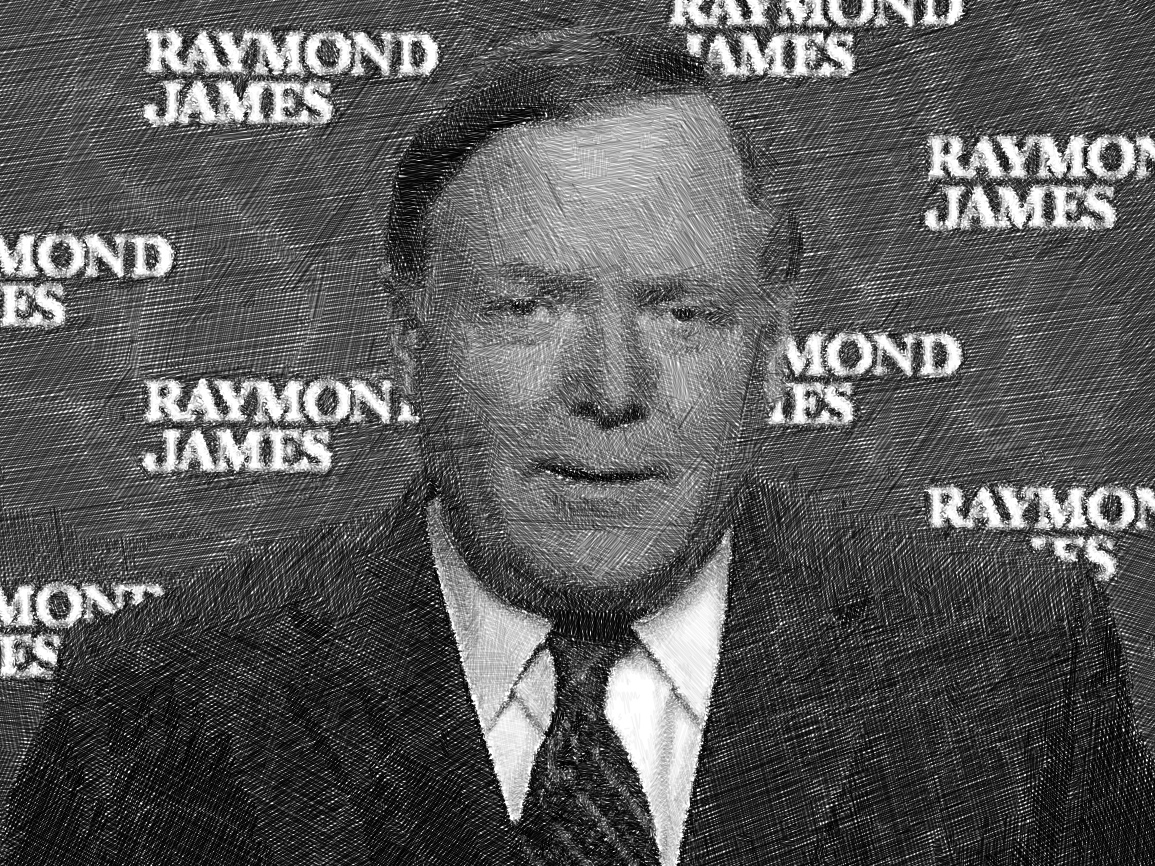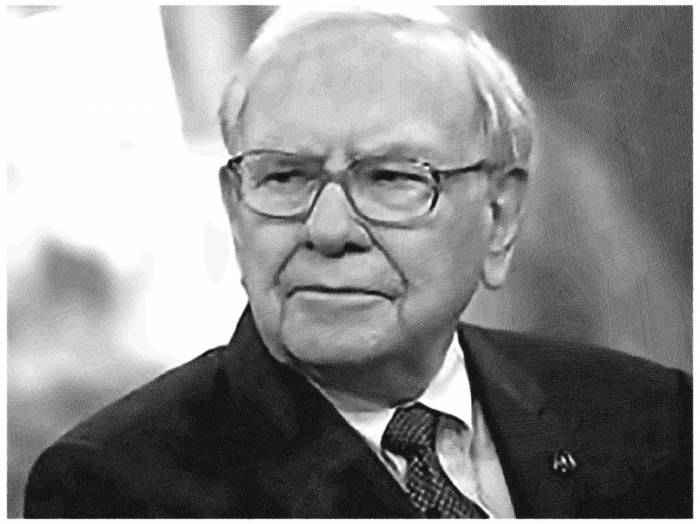"That was the week that was..."
October 6, 2014
by Jeffrey Saut, Chief Investment Strategist, Raymond James
A week ago yesterday I arrived in New York City just in time to have dinner with some friends. Avra Estiatorio is arguably the best Greek seafood restaurant in the city and it is located 20 steps from my hotel of choice, the Hyatt 48 lex, which is aptly named since it sits on the corner of Lexington and 48th street. The next day I spent time seeing institutional accounts, but did journey to the New York Stock Exchange to have some air time on CNBC and then Bloomberg radio. Directly across from the NYSE, in the old JP Morgan bank building now turned condo, is where my friend Eric Kaufman hangs his hat while managing money for the asset management firm of VE Capital. Eric is the founder, and managing partner, of the firm that specializes in Master Limited Partnerships (MLPs). In fact, he and co-portfolio manager Victoria Crisologo know more about MLPs than anyone else I know. That night they took Cheryl and I to dinner at JoJo, a Jean-Georges restaurant located on East 64th where we talked about many things, including investment ideas. Tuesday was much of the same, except I got to spend time at Bobby Van’s with my pals the “Friends of Fermentation.” Art Cashin, and his stories, were spectacular! Wednesday began with a walk to the closest Hertz location followed by a drive to Burlington Vermont through the Catskills and then the Green Mountains. At this time of year the scenery was spectacular, although the trip took longer than expected due to the “leaf peepers.” That night, at the Burlington aquarium, I spoke to a crowd of investors for the financial advisors of Hickok & Boardman, which uses Raymond James as its platform. The next day it was off to Montreal to speak to 200 portfolio managers (PMs) over lunch and then a client appreciation dinner for our Canadian financial advisors. The last day of the tour was in Toronto where I met with six different money management firms and spoke at a lunch to about 50 PMs. Indeed, “That was the week that was.”
As usual, I received many interesting investment ideas that I will be vetting and then sharing in these reports. One of the more interesting exchanges was at my friend Craig Drill’s office where a Wall Street icon, from an era gone by, works. Al Wojnilower, Ph.D. was part of a dynamic duo called Dr. Doom and Dr. Gloom; the other member was Henry Kaufman, Ph.D. Back in the 1970s and 1980s Al Wojnilower worked at First Boston and was a very influential economist. Between him and Henry Kaufman they could move markets. Now in his eighties, Al works at Craig Drill Capital Management and still writes very thoughtful reports. As we ate lunch Al said that the economy is getting better with autos leading the charge while housing lags. Asked and answered he opined, “What will the Federal Reserve do? ... It doesn’t really matter.” He went on to note Japan will get better, but very slowly, there is very little inflation, wages won’t rise by much, and corporate profits will stay high. Another member of Craig’s team embraced the belief that we are in a secular bull market and because there are no excesses in the system, we are in a slow moving perpetual economic recovery. Moreover, we are entering the growth phase of the secular bull where all market capitalization, all industries, and all sectors will participate. He concluded by putting forth the notion that large capitalization stocks are exposed to some headwinds like currency fluctuations, international events, etc. Like most of the other money management firms, the PMs were trying to handicap the Hong Kong situation. I wrote about this in one of last week’s Morning Tacks, asking if this situation will devolve into another Tiananmen Square, causing capital to flee China with a subsequent Chinese implosion? I guess we will find out about that today since the protesting students have been told to disperse.
As for the here and now, while in Canada I had the pleasure of catching-up on some of Tony Dwyer’s work. I have known Tony for about 15 years, having met him at a Minyanville “Circle of Friend’s” dinner. Tony is an independent thinker and currently resides at Canada-based Canaccord Genuity as the U.S. portfolio strategist. Tony writes, as paraphrased in a publication:
The equity market has some downward momentum that could continue, but the tactical backdrop, historical precedent and positive fundamental backdrop suggest any further weakness should be made up very quickly – and then some. While it seems impossible at this point to hit his 2014 S&P 500 target of 2,230, Dwyer says not to count it out. There are a number of data points he has discussed recently that reinforce his view the market should strengthen into the end of the year following the current pullback: 1) When the SPX has been up more than 8% through the end of August, the median gain to the end of the year is an additional 4.42% (since 1958); 2) Since the inception of the SPDR S&P 500 ETF (SPY/$196.52) in 1993, when the S&P 500 was trading above the 200-day moving average and the VIX jumped 9% two days in a row (as it did Monday and Tuesday last week), the S&P 500 was positive after all 13 instances by an average of 6.4%, three months later; 3) Since the inception of the SPY, when the VIX was under 20 and jumped 15% to a three-month high (as it did last Thursday), the S&P 500 was positive after all 12 instances by an average of 5.9%, three months later; 4) There have been eight prior instances since 2002 when the percentage of Nasdaq components trading above their 200-day moving average dropped below 42% (as of last week). Even though in all eight instances the NASDAQ continued to trade lower over the near term, it was followed by significant upside. The median decline into the low was a loss of 2.81% over 15.5 days, which was followed by a median gain to peak of 17.24% over 66 days (before a 5% pullback); and 5) Since 1957, when the first day of October was down more than 1%, the SPX was up an average of 5.87% and 11.45% for the month of October and through year-end, respectively. There was only one negative occurrence and that was a 1.22% loss in 1976, although the market rallied enough to see the year-end period up 3.16%.
While I agree with Tony into year’s end, I am not so certain about the near-term. Surely, last Thursday stocks were massively oversold with the result being a springboard reversal day leading to a “hammer formation” in the candlestick charts (see chart 1 on next page). According to Wikipedia, “A hammer is a type of bullish reversal candlestick pattern, made up of just one candle, found in price charts of financial assets. The candle looks like a hammer, as it has a long lower wick and a short body at the top of the candlestick with little or no upper wick.” Also of note is that following a 90% Downside Day, like we just experienced, there tends to be a two- to seven-session rally. I also wrote about this in one of last week’s Morning Tacks. As for my call for a U.S. dollar “trading top,” we will find out this week if that was a good call. I did meet with one very bright PM who thinks Draghi’s effectively “QE” announcement will be a much better “transfer mechanism” to kick-start Europe’s economy and said the way to play it is via WisdomTree’s Europe Hedged Equity Fund (HEDJ/$56.83) that hedges out the euro’s currency risk.
The call for this week: A lot of folks think last week’s action represents a meaningful low in the equity markets. While I would like to believe that, all we did was rally back from a deeply oversold condition into the 1965 – 1970 level on the S&P 500 (SPX/1967.90) that since July I have deemed as a key “attractor/repeller” level for the SPX. How we pivot off this area in the week ahead will go a long way in determining the near-term direction of the equity markets. Notably, the SPX held its 126-day moving average (DMA) and looks poised to test its 50-DMA at 1974.76 on the better news this morning out of Hong Kong, where the students seem to have returned to school. As for Friday’s much heralded employment report, it occurred because a record 92.6 million people are not in the labor force. Meanwhile, the participation rate fell to nearly a 40-year low (62.7%).















